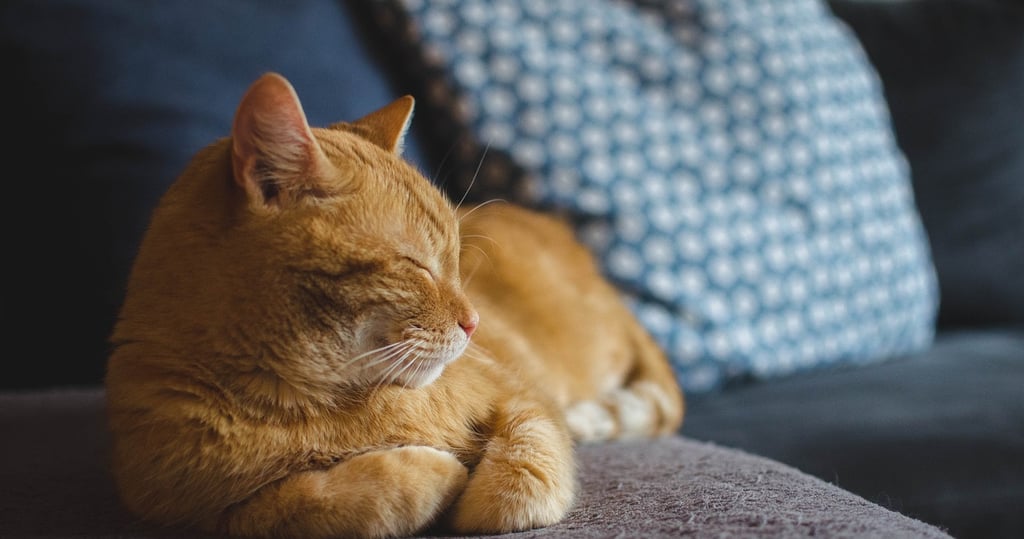5 Signs Your Cat Hates Their Litter Box (And Eco-Friendly Fixes)
LITTER BOX CHALLENGES & ECO-SOLUTIONS


Is your feline friend suddenly treating their litter box like it’s public enemy number one? Or perhaps they’ve always been a bit… particular about their potty habits? Litter box aversion is a common headache for cat owners, but the good news is that it’s often solvable. Understanding the subtle (and not-so-subtle) signs your cat is sending can help you pinpoint the problem and find a solution that makes both of you happier – and often, an eco-friendly fix is just what the vet ordered!
Before we dive in, remember that any sudden change in litter box habits warrants a check-up with your veterinarian to rule out underlying medical issues like urinary tract infections, bladder stones, or kidney disease. Once health concerns are cleared, it’s time to play detective!
Here are five common signs that your cat might be unhappy with their current litter box situation, along with some eco-friendly solutions to consider:
1. The Sprint & Dash (Or Perch & Pray)
The Sign: Does your cat bolt out of the litter box as if being chased? Or do they try to balance precariously on the edge, barely touching the litter itself? This often indicates discomfort with the litter's texture, depth, or even the box itself.
The Eco-Friendly Fix: Many conventional clay litters can be rough on sensitive paws, and some cats dislike deep litter beds. Consider switching to a softer, natural alternative. Finely ground, sustainable options like corn, wheat, or paper-based litters are often much gentler. These litters are also biodegradable and come from renewable resources, making them a win for your cat and the planet. Experiment with litter depth; some cats prefer a shallower layer.
2. Accidents Outside the Box (Especially Near It)
The Sign: Finding puddles or piles right next to the litter box is a classic sign of aversion. Your cat knows where they are supposed to go, but something about the box or litter is putting them off. It could be the smell, the feel, or the cleanliness.
The Eco-Friendly Fix: Unscented litters are key! Cats have incredibly sensitive noses, and the artificial perfumes in many commercial litters can be overwhelming. Opt for unscented natural litters. Many eco-friendly options, like those made from pine, grass seed, or walnut shells, have excellent natural odor control without added chemicals. Also, ensure you’re scooping at least once, preferably twice, a day. A clean box is a happy box!
3. Shaking Paws Excessively After Use
The Sign: While a little paw-shaking can be normal, excessive or vigorous shaking might mean the litter is uncomfortably sticking to their paws or fur. This is common with some finely granulated clay litters that can turn into a cement-like substance when wet.
The Eco-Friendly Fix: Look for low-tracking natural litters. Some paper pellet litters or larger granule pine litters are less likely to stick. Additionally, using a good litter mat outside the box can help catch any stray particles, reducing mess and discomfort.
4. Infrequent Visits or Holding It In
The Sign: If you notice your cat is visiting the litter box less frequently than usual, or seems to be “holding it,” they might be avoiding an unpleasant experience. This can lead to health problems, so it’s important to address.
The Eco-Friendly Fix: Ensure the box is large enough (about 1.5 times the length of your cat) and in a quiet, accessible location. Some cats are put off by covered boxes if they feel trapped or if odors accumulate. If you have multiple cats, the rule of thumb is one box per cat, plus one extra. Again, the type of litter plays a huge role. A comfortable, unscented, and clean eco-friendly litter can make all the difference.
5. Digging or Scratching Outside the Box (Before or After)
The Sign: Some cats will scratch the floor or wall around the litter box instead of digging in the litter itself. This can indicate dissatisfaction with the litter’s texture or depth, or they might be trying to “cover” an unpleasant odor they perceive in the box.
The Eco-Friendly Fix: Experiment with different types of natural litters. Some cats prefer a sandy texture, while others like larger pellets. Coconut coir litters, for instance, offer a soft, soil-like texture that many cats find appealing. Ensure the litter is deep enough for satisfying digging (usually 2-3 inches), but not so deep that it feels unstable.
Transforming Your Cat’s Litter Box Experience
Making the switch to an eco-friendly litter isn’t just about being kind to the environment; it’s often about being kinder to your cat. Many natural litters offer superior odor control, better texture, and are free from harmful chemicals and dust that can irritate sensitive feline systems.
Want a deep dive into choosing the perfect eco-litter for your picky feline? For a full discussion, detailed comparisons of different eco-friendly materials, and a step-by-step plan to transition your cat smoothly, you can find all the details in our comprehensive Litter Box Transformation Guide! It covers everything you need to create a litter box setup that both you and your cat will love. Say goodbye to litter box woes and hello to a happier cat and a healthier home!
(Disclaimer: This blog post is for informational purposes only and is not a substitute for veterinary advice. Always consult your veterinarian for any health concerns regarding your cat.)




Sustainable Cat Care
At EcoCatCare, we provide resources that help cat parents discover how sustainable choices can create healthier, happier lives for their feline companions while contributing to a healthier planet.
EcoCatCare © 2025. All rights reserved
